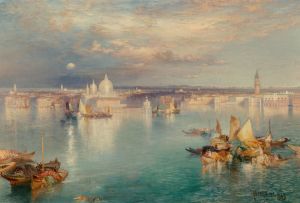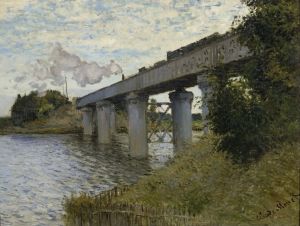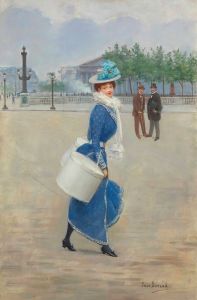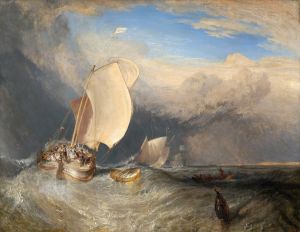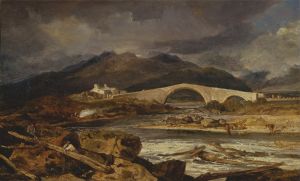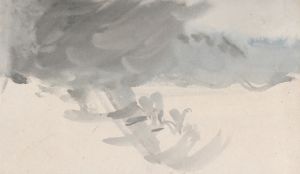
Luxembourg
A hand-painted replica of Joseph Mallord William Turner’s masterpiece Luxembourg, meticulously crafted by professional artists to capture the true essence of the original. Each piece is created with museum-quality canvas and rare mineral pigments, carefully painted by experienced artists with delicate brushstrokes and rich, layered colors to perfectly recreate the texture of the original artwork. Unlike machine-printed reproductions, this hand-painted version brings the painting to life, infused with the artist’s emotions and skill in every stroke. Whether for personal collection or home decoration, it instantly elevates the artistic atmosphere of any space.
Joseph Mallord William Turner, one of the most renowned British landscape painters of the 19th century, created numerous works that captured the essence of natural and architectural beauty across Europe. Among his extensive body of work is the painting titled Luxembourg. This artwork is part of Turner’s exploration of European landscapes, a recurring theme in his career, as he traveled extensively throughout the continent.
Turner’s painting Luxembourg depicts the city of Luxembourg, known for its dramatic topography and historic fortifications. The city, often referred to as the "Gibraltar of the North," was a significant subject for artists and travelers during the 19th century due to its strategic location and picturesque scenery. Turner’s rendering of Luxembourg reflects his characteristic use of light, atmosphere, and color to evoke a sense of place and mood.
The exact date of the painting is not definitively recorded, but it is believed to have been created during or after one of Turner’s European tours. Turner traveled to Luxembourg and other parts of the continent during his journeys in the early to mid-19th century, sketching and painting scenes that later served as inspiration for his studio works. His travels were often motivated by a desire to document the landscapes and architectural landmarks of Europe, many of which were undergoing significant changes during this period.
Turner’s technique in Luxembourg demonstrates his mastery of watercolor and his ability to convey atmospheric effects. The painting captures the interplay of light and shadow across the city’s fortifications and surrounding landscape. Turner’s use of soft washes of color and his attention to detail in the architectural elements highlight his skill in balancing realism with his signature expressive style.
The painting is part of the collection of works that Turner bequeathed to the British nation upon his death in 1851. Today, it is housed in the Tate collection in London, along with many of his other works. The Luxembourg painting is an example of Turner’s ability to combine topographical accuracy with his innovative approach to capturing the ephemeral qualities of light and weather.
Turner’s Luxembourg remains an important piece within his oeuvre, showcasing his fascination with European landscapes and his contribution to the Romantic movement in art. The painting continues to be studied and admired for its artistic and historical significance.






